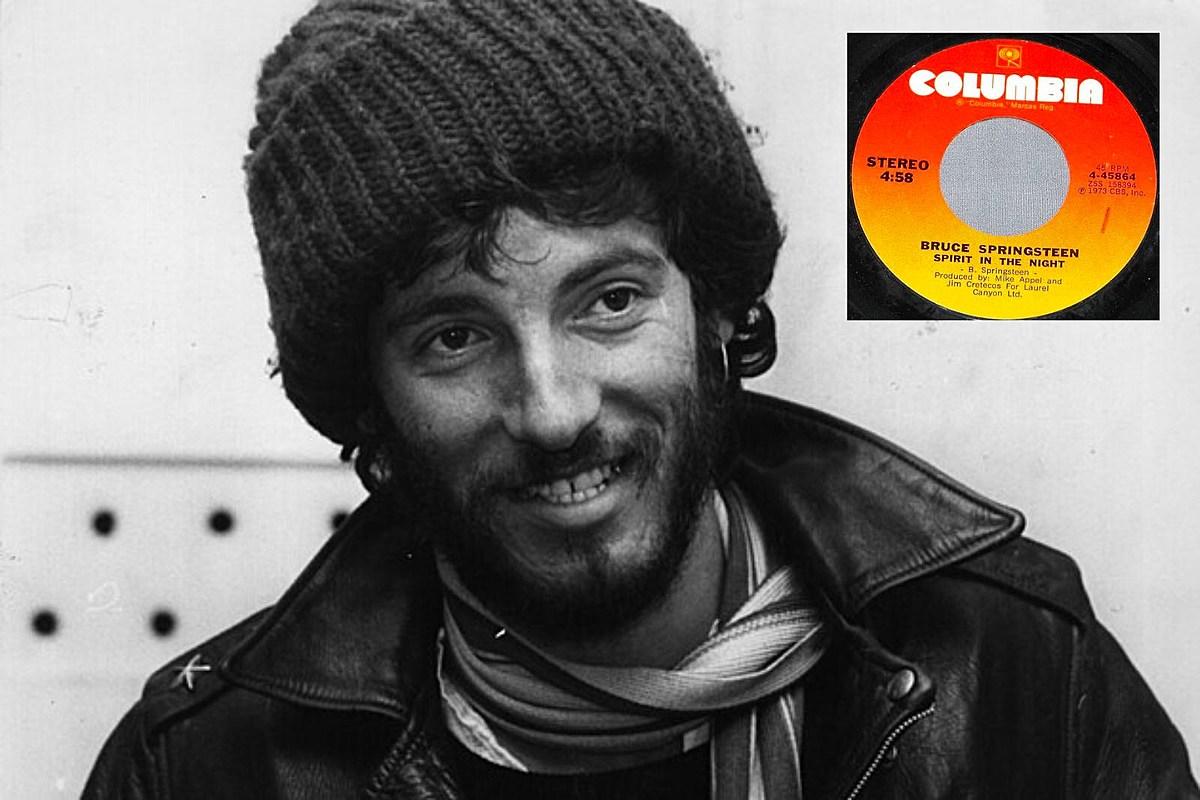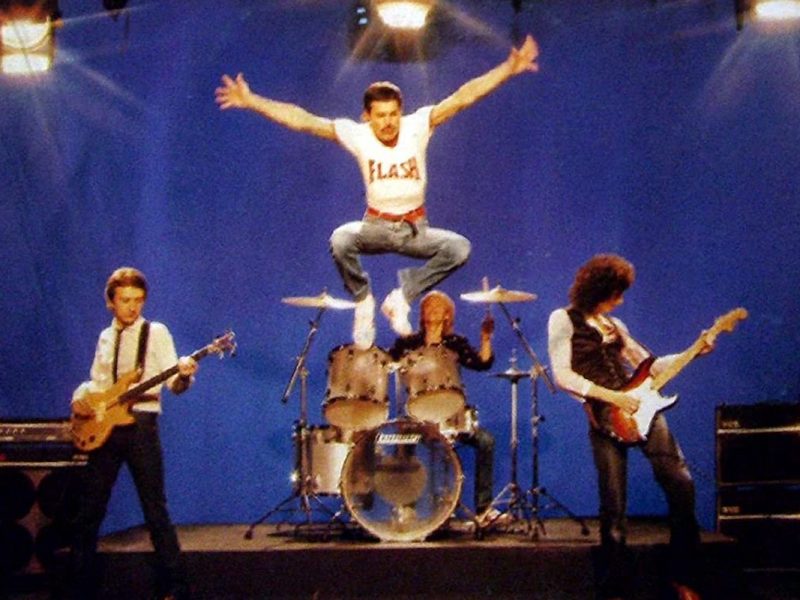The friendly title and bold front cover of Bruce Springsteen’s 1973 debut album, Greetings From Asbury Park, made it seem like the small seaside town in New Jersey had a lot to offer. But Springsteen didn’t really see it that way.
“Jersey’s a dumpy joint,” he told Sounds in 1974. “I mean it’s OK, it’s home, but every place is a dump. I guess it just took a long time for someone to think of something to write about it, but Asbury Park had a lot to do with the tone of the first album.”
Springsteen had been playing in bands for close to a decade. Like a great many young musicians of his era, watching the Beatles perform on The Ed Sullivan Show in 1964 had unequivocally inspired him to pick up a guitar and get himself in front of audiences. When it came to producing original material, Springsteen did what most songwriters tend to do: he looked around him.
“Most of the songs were twisted autobiographies,” Springsteen said in his 2016 memoir, Born to Run, featuring “people, places, hangouts and incidents I’d seen and things I’d lived. I wrote impressionistically and changed names to protect the guilty.”
Listen to Bruce Springsteen’s ‘Spirit in the Night’
Springsteen submitted Greetings From Asbury Park to then-Columbia Records president Clive Davis in August 1972, and he promptly returned it. “We turned it in and Clive Davis handed it back saying there were ‘no hits,’ ‘nothing that could be played on the radio,'” Springsteen recalled in Born to Run. “I went to the beach and wrote ‘Spirit in the Night,’ came home, busted out my rhyming dictionary and wrote ‘Blinded by the Light,’ two of the best things on the record.”
“Spirit in the Night” was a prime example of Springsteen’s people-watching put to use. Incorporating an abundance of fictional characters — Crazy Janey, Wild Billy, Hazy Davy, Killer Joe, among others. Greasy Lake, where the troupe goes to party, was also a mythical conglomerate location.
“I see these situations happening when I sing them,” Springsteen told Sounds, “and I know the characters well. I use them in different songs and see them in shadows. They’re probably based on people I know or else they’re just there. There’s a lot of activity in my songs, a whole mess of people. It’s like if you’re walking down the street, that’s what you see, but a lot of the songs were written without any music at all. It’s just that I do like to sing the words!”
Because of its last-minute nature, Springsteen recorded “Spirit in the Night” and “Blinded by the Light” in the same session in September 1972. Springsteen laid down most of the track, with Vini Lopez on drums, Harold Wheeler on piano and Clarence Clemons on saxophone for the very first time.
Watch Bruce Springsteen Perform ‘Spirit in the Night’ Live in 1973
A profuse plot and crazy cast did the rest, as “Spirit in the Night” became the second single from Greetings From Asbury Park. It failed to chart, but still became one of the first times Springsteen heard his own song on the radio.
“I was in Connecticut, standing on a street corner,” Springsteen told BBC Radio 2’s Zoe Ball Breakfast Show in 2021. “A car pulled up and the guy had his window down and ‘Spirit of the Night’ was coming out of his car radio. I wanted to run over to his car and say ‘Hey, that’s me!’ but I didn’t do it. I just stood there in shock and ecstasy.”
As hastily as it might have come together, “Spirit in the Night” became an important marker in Springsteen’s blossoming career. “The pre-E Street Band did their best to sound studio-worthy while the words flowed like a storm surge, crashing into one another with no regret. I never wrote completely in that style again,” Springsteen said in Born to Run.
“Your early songs emerge from a moment when you’re writing with no pure prospect of ever being heard,” he added. “Up until then, it’s been just you and the music. That only happens once.”
Bruce Springsteen Albums Ranked
Because he spent so many of his formative years painstakingly crafting his albums, we don’t often think of Bruce Springsteen as a prolific artist. But he’s averaged an album nearly every other year throughout his career.
Why Bruce Springsteen Called Killers Collaboration ‘Cathartic’



